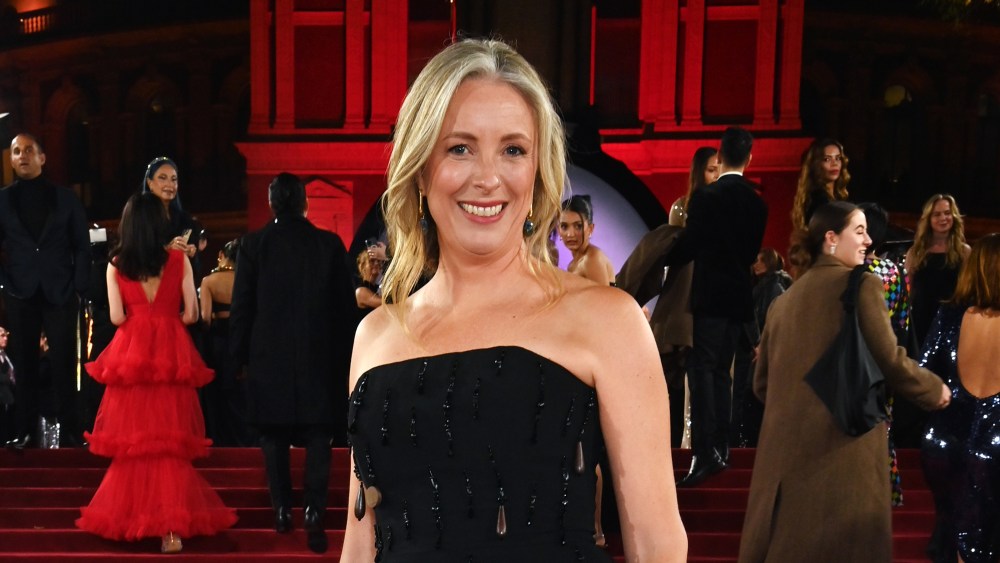As the M&A market continues to shape shift, masstige brands are becoming one of beauty‘s hottest commodities.
Insiders report that beauty and personal care brands, many of which are hitting the $100 million sales milestone faster than their prestige counterparts, are continuing to garner interest among investors and leading more brands to try their luck in market.
And why not? Success stories in the sector include E.l.f. Beauty acquiring Naturium for $355 million in 2023 as part of a broader strategy to give the company depth in skin. Since then, Naturium has been rapidly expanding its distribution across retailers and geographies.
Related Articles
Earlier this year, Bansk Group, the parent company of Amika, Eva NYC and Ethique, acquired Yellow Wood Partners’ majority stake in the skin care brand Byoma. Terms of the deal were not disclosed, apart from that Byoma is expected to close out 2025 with more than $300 million in global retail sales.
The latest brands exploring their options include Bubble Skincare and Salt & Stone. Bubble, which has tapped Centerview Partners, was among the first skin care brands to target Gen Z and Gen Alpha consumers. Sources put sales at between $100 million and $150 million. Salt & Stone, the Los Angeles-based body care brand founded in 2017 by former pro snowboarder Nima Jalali, is working with Raymond James and sales are said to be around $150 million.
Jeff Lindquist, a partner in Boston Consulting Group’s New York office, said part of the appeal is that these masstige brands are hitting the significant $100 million sales mark within around five years, faster than more established prestige players that on average have taken around eight to 10 years to hit this milestone.
“That scale where you get attractive for private equity, we’ve seen the masstige players get there faster,” he said.
Sales, in part, have been boosted by younger skin care shoppers, who are savvy on ingredients, but don’t want to pay prestige prices.
“If you think about that chunk of the market, it has become the growth engine in overall beauty over the past several years, and it’s really because it represents both the scale and accessibility of mass with the desirability and emotion and cultural relevance of prestige,” continued Lindquist. “Take facial skin care, for example, which is roughly about $22 billion market in the U.S., it’s already about 26 percent of that market and that chunk of the market is growing at a 10 percent annual growth rate, double the growth rate of prestige and mass in skin care.”
Masstige body is also having a moment. According to Circana, brands in that segment grew 26 percent in dollar terms in the first half of 2025, making it the fastest-growing segment.
Larissa Jensen, Circana’s global beauty industry adviser, said: “The biggest theme when you think about masstige body care is it really leans more towards natural and clean brands that are performing well, which is interesting, because natural tends to do very well on the mass side of the business. With prestige body care, there’s more of a leaning toward clinical brands.”
WWD understands that among the brands doing well in body care is men’s whole deodorant brand Mando, created by Lume’s founder, Dr. Shannon Klingman. Lume, a pioneer in the whole body deodorant category, was sold to Harry’s, now called Mammoth Brands, in 2021.
Tree Hut and Eos are among the other brands said to have recent strong performances under their belts and could be potential targets.
WWD previously reported in 2023 that Tree Hut was exploring options, tapping Goldman Sachs. At the time, Jon Song, chief executive officer of parent company Naterra International Inc. denied the speculation, saying the company is not for sale.
Most recently, Naterra launched Bdy., marking its next step into the body category and one of several new portfolio brands the company plans to debut by 2030.
It was also reported that EOS tapped Centerview last year to explore its options.
For investors, Lindquist believes that the attraction of masstige is they’re not just acquiring something that can only play in one place. “I’m acquiring something that actually can show up in multiple points of distribution for the consumer, which can drive growth. That is exciting for investors,” he said.
As for who’s buying? One banking source said the answer lies in the private equity category.
“It’s an interesting space to the extent that there’s real innovation there, because in the macro environment, you can pull people from prestige, and you can elevate people from mass.”
The main question mark they had around the space was the competition from K-beauty brands coming to the U.S. at masstige price points.
“The space is going to get only more competitive from K-beauty. Now, obviously K-beauty is dealing with tariff issues,” the source said, “but the margin is still there, and maybe they can figure out how to make some of that product here in the U.S.”
Nevertheless, that same source stressed that with a number of private equity players such as Carlisle and Eurazeo moving away from consumer industries in North America, the number of buyers is shrinking.
“You can count the number of sponsors that can write checks at those sizes on one hand,” they said.



